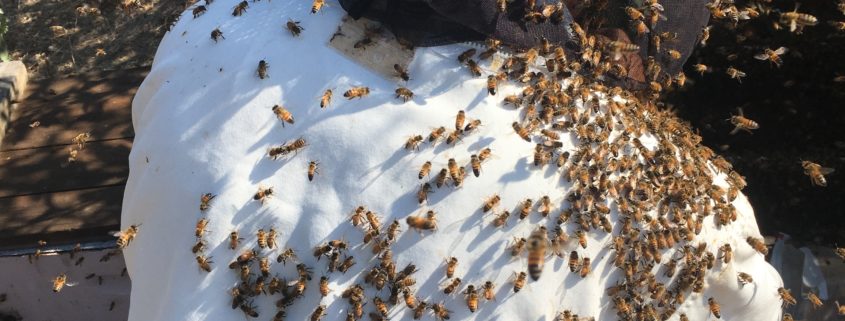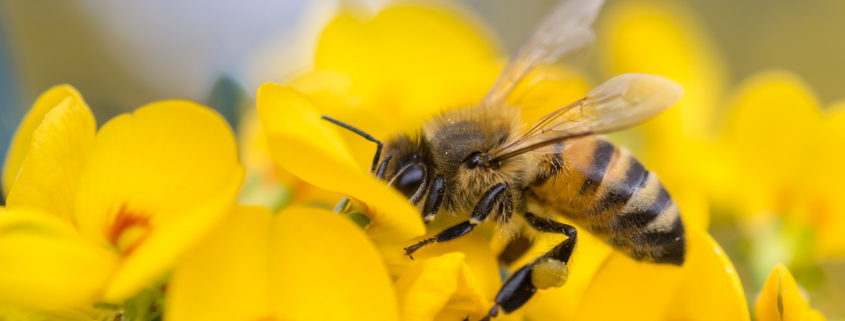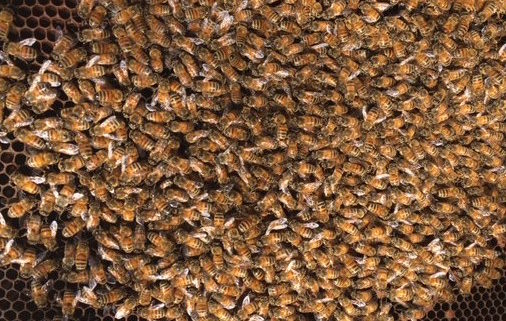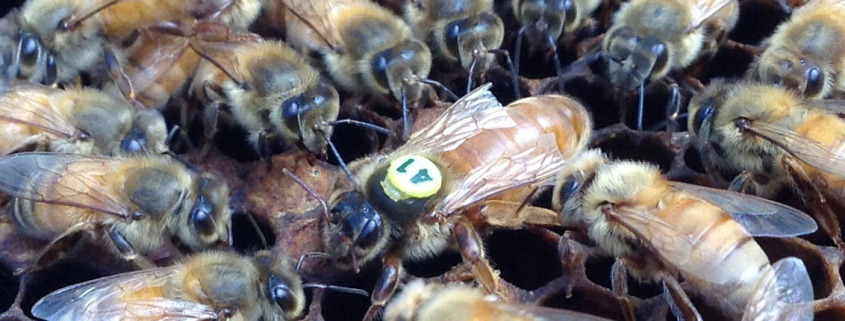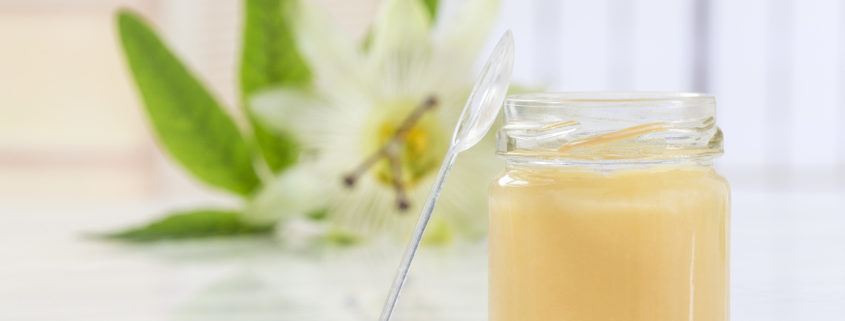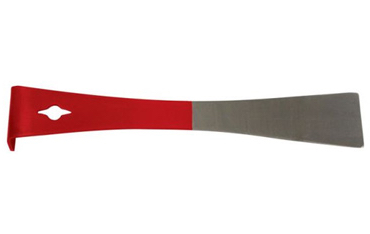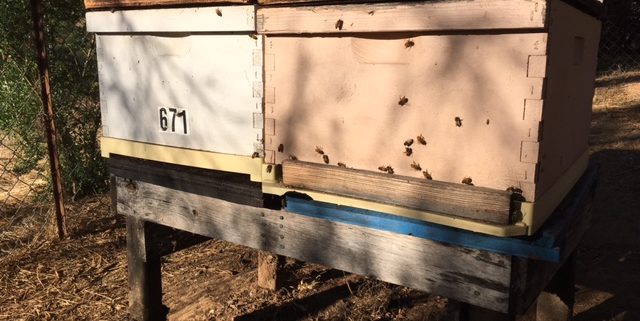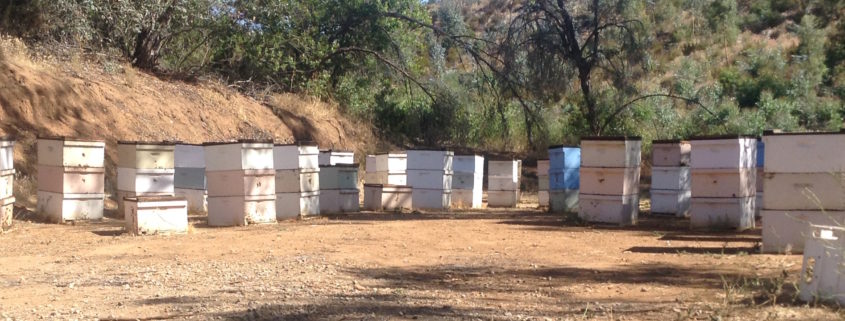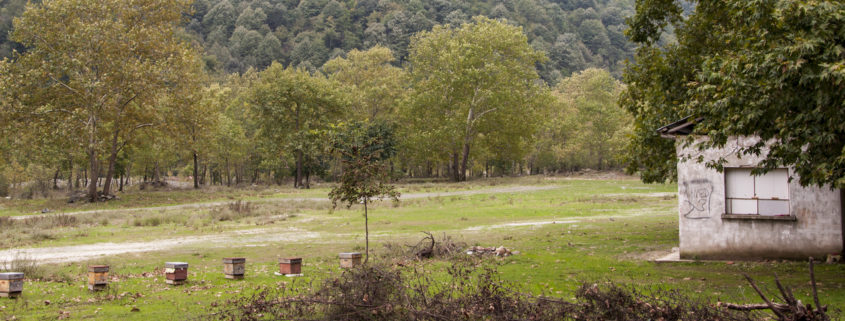Cold Weather Beekeeping
No one could ever say that the weather here in Southern California is particularly cold, but there are times of the year when the daytime temperatures regularly dip into the 50-degree range. The cooler weather usually arrives in January, just as we are beginning to build up our mating nucs for the upcoming season’s queen honeybee production. Temperatures below 60-degrees are not ideal for opening bee colonies, but in January we have to begin preparations for the season in anticipation of the early spring.
Honeybees keep the interior of their colonies around 93-degrees. While honeybees can manage cooler temperatures for short periods, long exposure to the cold can chill and damage brood.
As we are building up our mating nucs, our beekeepers have to be sensitive to the cooler temperatures and work accordingly. Colonies and brood cannot be allowed to be open and exposed for extended periods of time. Our beekeepers need to work with a purpose and stay organized. Fortunately, the bees usually assist the process by clustering around any open brood and covering exposed areas.
In the cooler temperatures, bees do not fly very well so they usually hang around the apiary while we are working. They fly around a little and then come right back to the hive. Many will land on us and cover us as well! Are they trying to keep us warm too?

